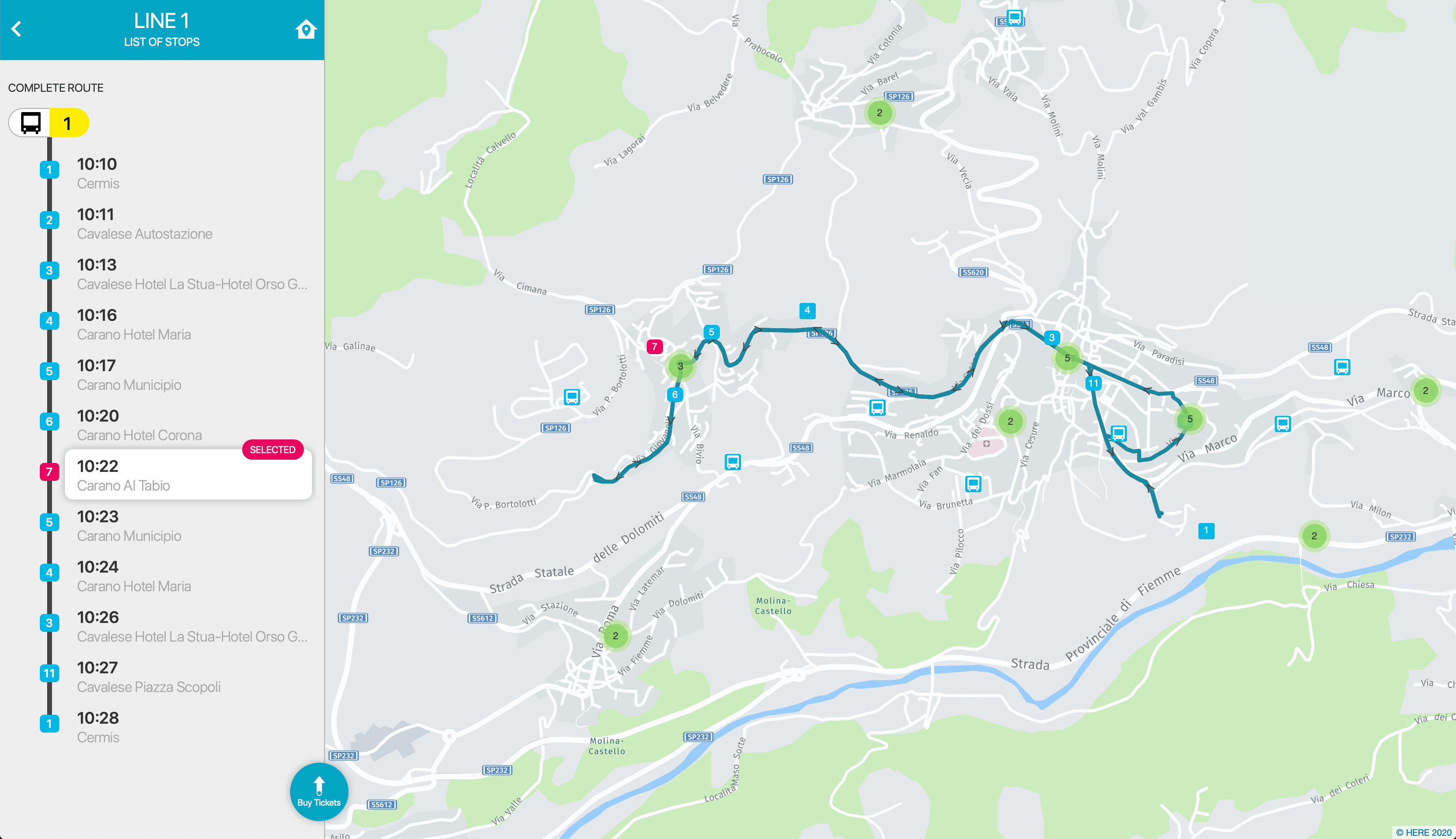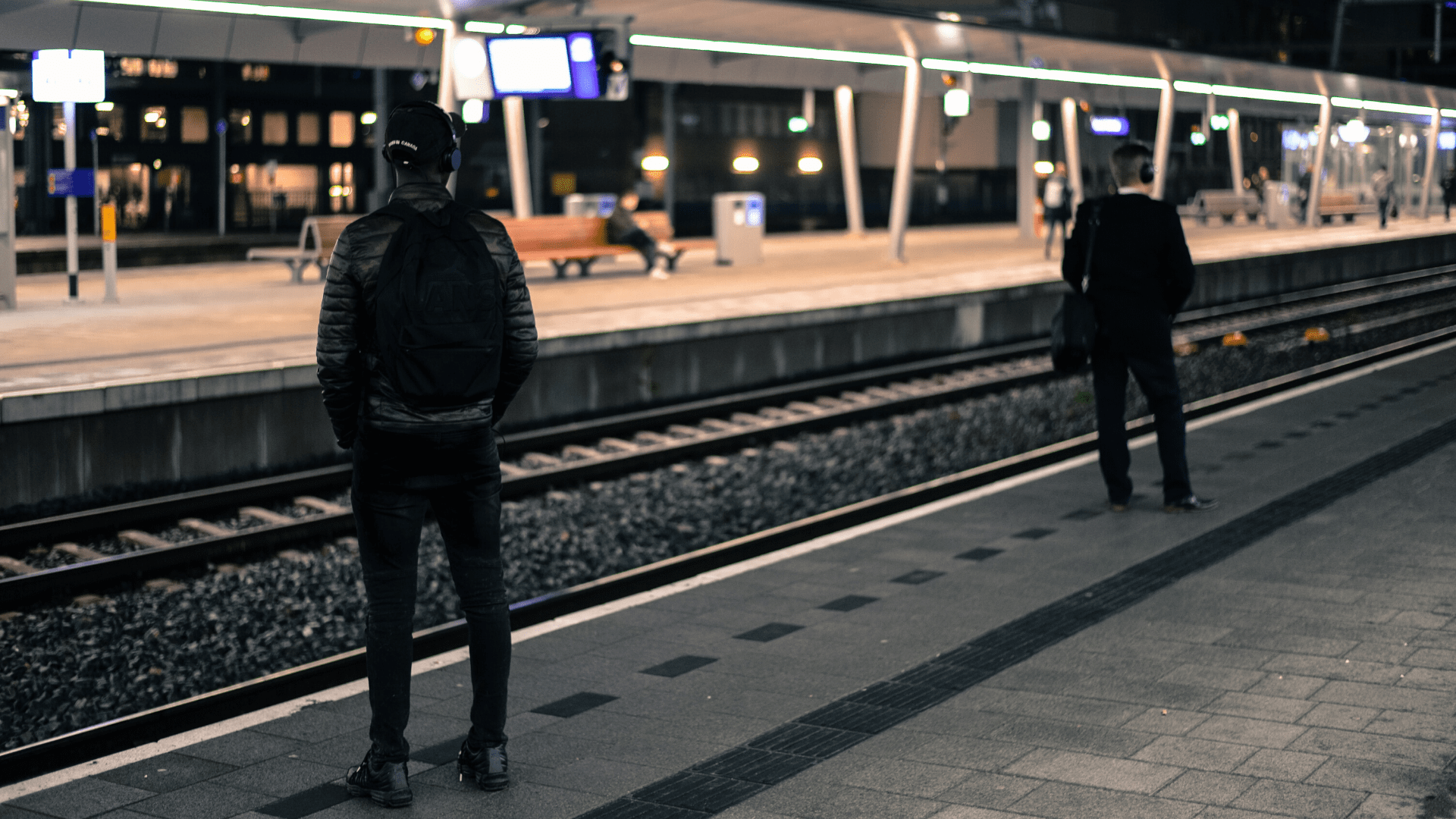We are all experiencing a dramatic and waiting situation, from any point of view we analyze it.
Mobility in general has literally collapsed, with different indices depending on the countries and areas that have adopted containment measures at different times until the complete lockdown.
Studies and statistics have a short duration, so much so that media and social media report daily reports, graphs and hypothesized trends that vary continuously.
Public transport has suffered and is suffering from it even more devastatingly. The ITF (International Transport Forum) recently reported a survey which reveals (as of March 29, 2020) a generalized drop of 64% globally, with worse data for Europe and even more worrying for Spain and Italy, with the latter in particular being around 87%.
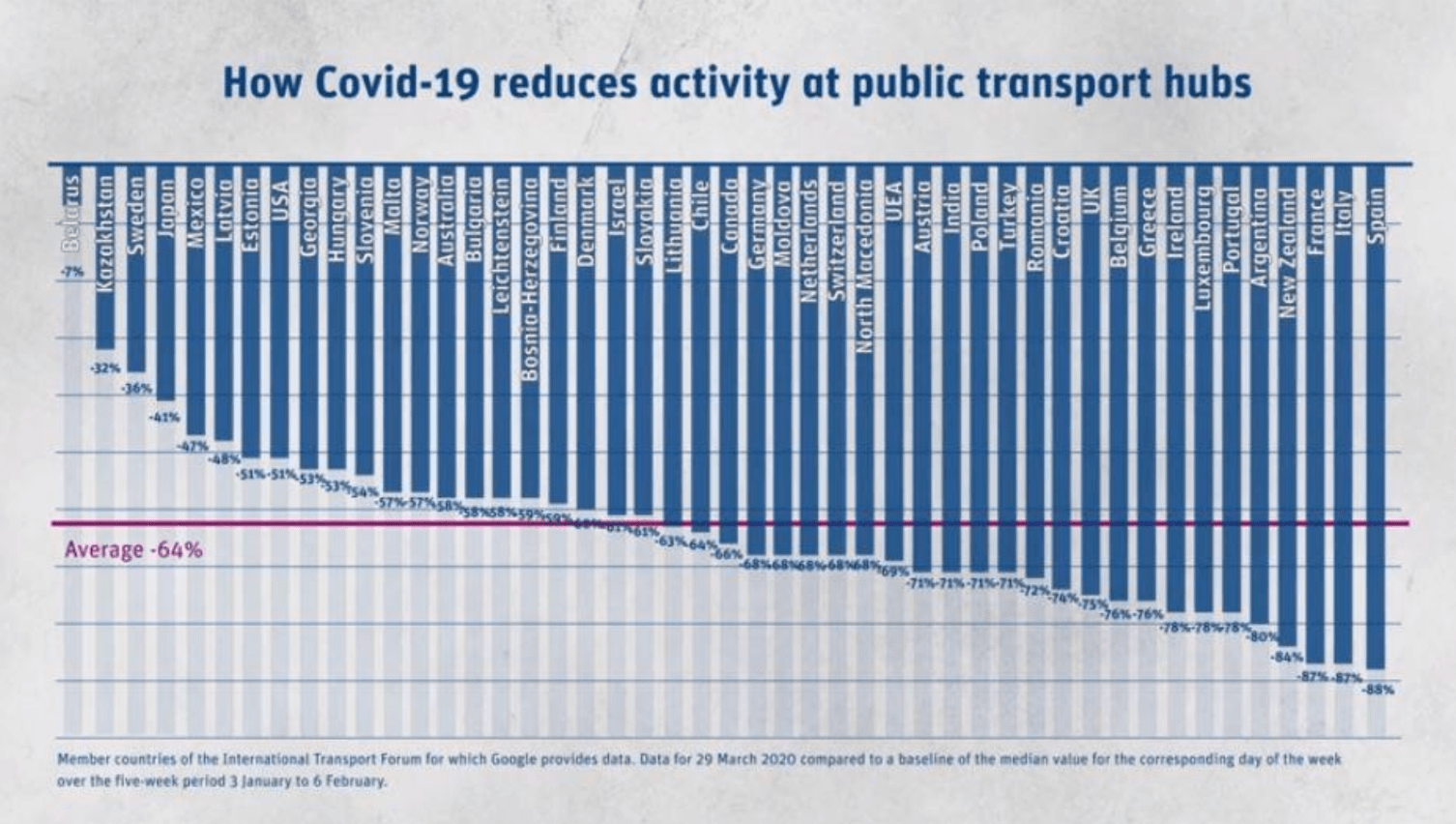
More specifically, representative figures for Italy have been recently published by ASSTRA in its “position document” which highlights the dramatic situation in which the Local Public Transport sector has plummeted and the even more worrying forecasts for the immediate future.

It is evident, as underlined by the aforementioned document as well as by many other authoritative interventions that have taken place in recent days, that we will face an epochal change in our lifestyles, our habits, our certainties; new categories of thought, new behavioral paradigms and also new business models will have to be studied, accepted and implemented.

A recent study by McKinsey reveals how long the restrictive measures are likely to be applied to the various sectors even in what have been called “Phase 2” and “Phase 3”, where unfortunately travel and therefore mobility in general will remain one of the most penalized sectors.
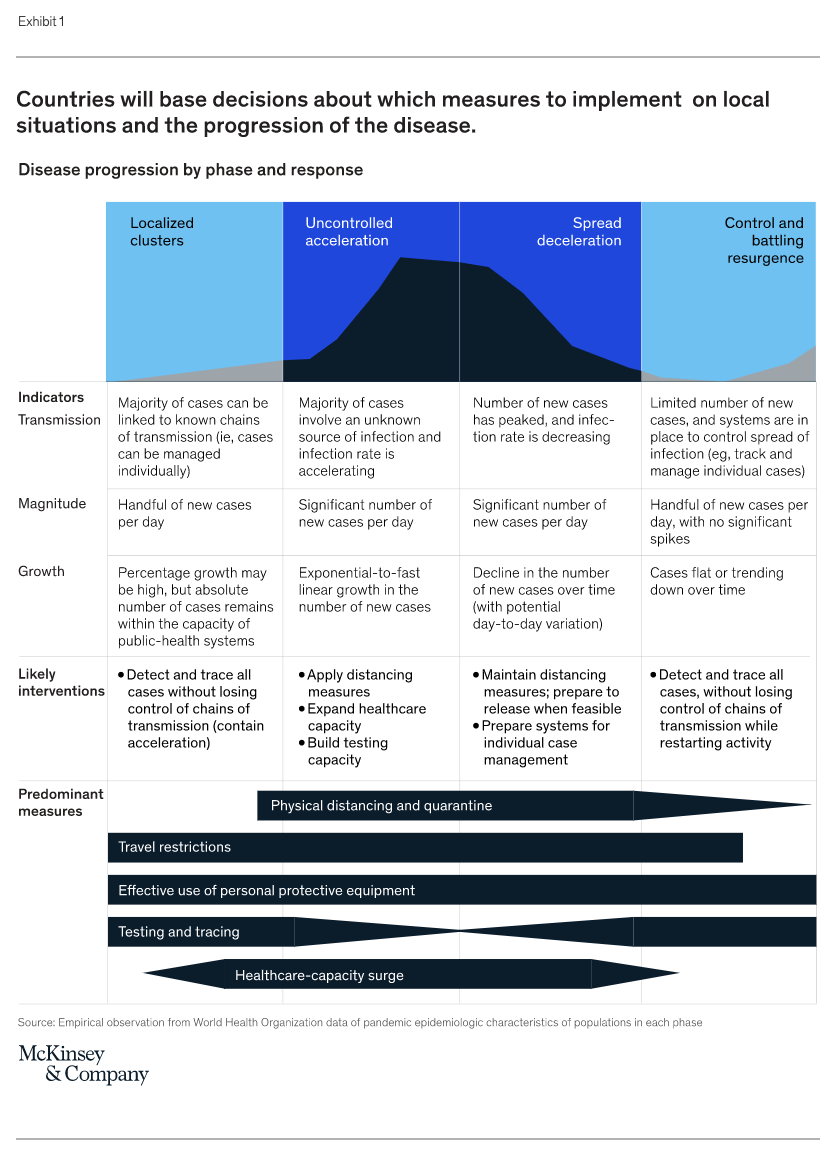
Mobility will undoubtedly be revolutionized in the very near future. Public transport cannot avoid a rethinking and a radical resetting of its services, under penalty of a drastic reduction or permanent loss of its role at the expense of a growing recovery in motor vehicle mobility (which represents at this moment an instinctive behavior of greater individual safety by travelers) but which goes against all efforts made in recent years to reduce their consistency in favor of more sustainable mobility.
Social distancing? Phase 2?
Pending clear indications and precise directives on future modalities of regulation of mobility and in particular of public transport, pending the introduction of the app on social distancing (which, however, will act only on a voluntary basis and which alone will not guarantee safety, representing only an aid with a predominantly epidemiological character), some contrast measures have already been suggested by UITP at a global level and indicated by ASSTRA in Italy even if already mentioned by authoritative research institutes such as John Hopkins and Imperial College.
We refer to special dedicated services and in particular to “on-demand” services, which must be based on the ability of a public transport company to be flexible enough and available to quickly change its business model and to set up operating solutions different from the traditional ones. This will not solve the problems of public transport, nor will it restore the entire operations of public transport companies accustomed to operating terms of planning lines / journeys / timetables / shifts and optimizing these parameters, however it will allow to re-launch a part of the service today almost completely still or in great difficulty.
The main objectives of the on-call service become:
- Guarantee a minimum service to users
- Ensure travel in complete safety for the duration of the journey
- Ensuring similar safety for operators (mainly drivers and ticket agents)
- Ensure correct spacing according to current regulations
- Guarantee the recovery of the service and a part of turnover
What features must an on-call system have?
In this perspective, digital and innovative solutions can give an immediate answer. In fact, companies specialized in mobility software, such as OpenMove, have ready-to-use application solutions to easily convert the planning of services and traditional lines into demand-responsive lines, and guarantee travelers easy access to new services via apps.
The booking solution must be multi-channel (i.e. available through multiple frontends, such as apps, website and APIs), it must be cloud based, so as to be readily available and scalable according to the needs, and must operate in real time.
The AVL system for locating vehicles is of particular importance, allowing users to check the so-called ETA (estimated arrival time) at the stop: the real-time infomobility component represents one of the major success elements of the project.
The transport service provider must have an administrative console which allows:
- intuitive modeling of services, lines, routes, timetables and fares
- definition of availability lower than the actual capacity for the respect of the social distancing
- real-time visualization of the presences on board of each race and of the sales
- account management of operators and users
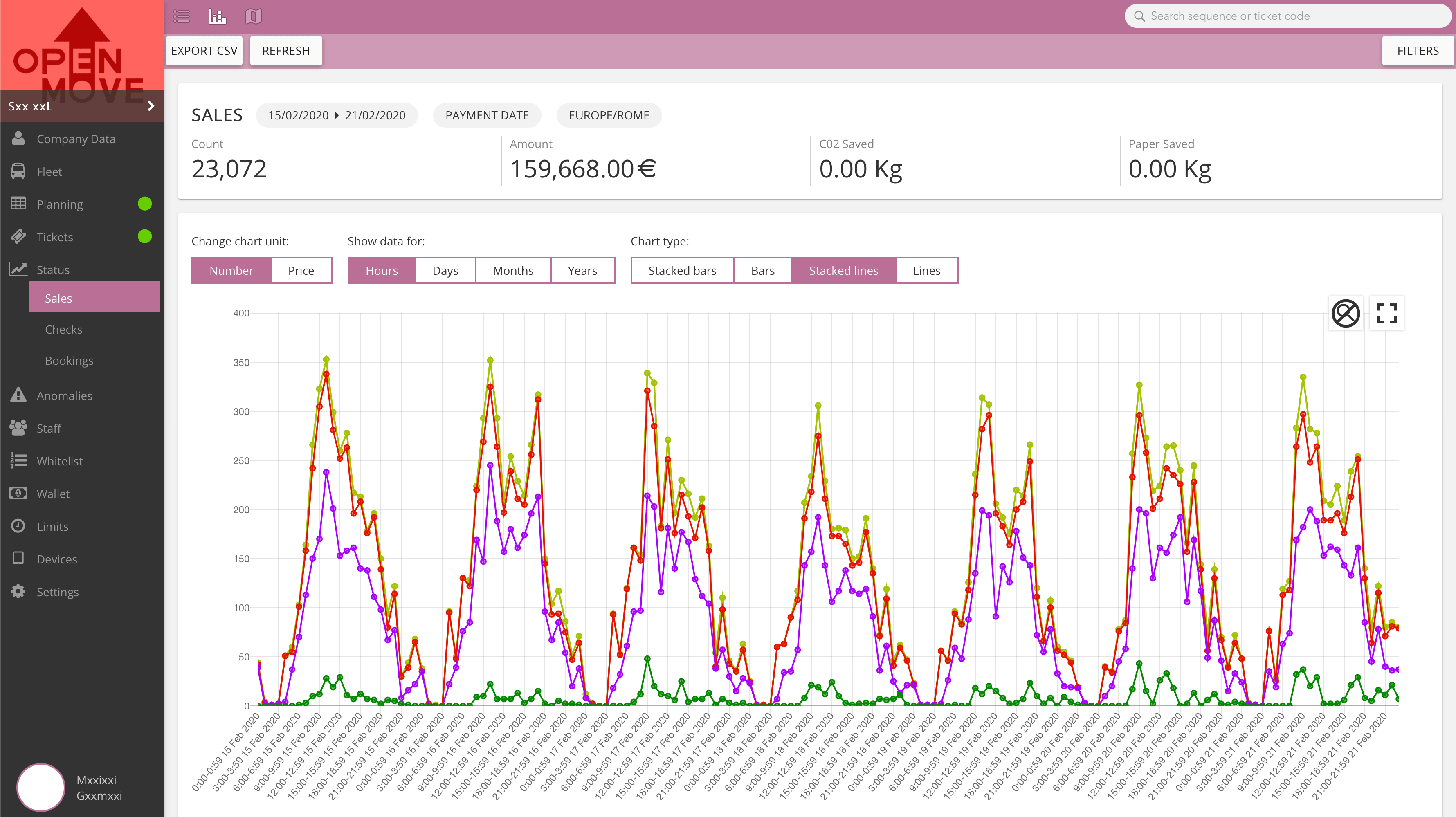
The equipment for drivers is limited to a simple smartphone, a device on which to exploit the following features:
- GPS tracking to act as AVL (an example here)
- boarding list of users who made a reservation
- trip planner with the list of stops
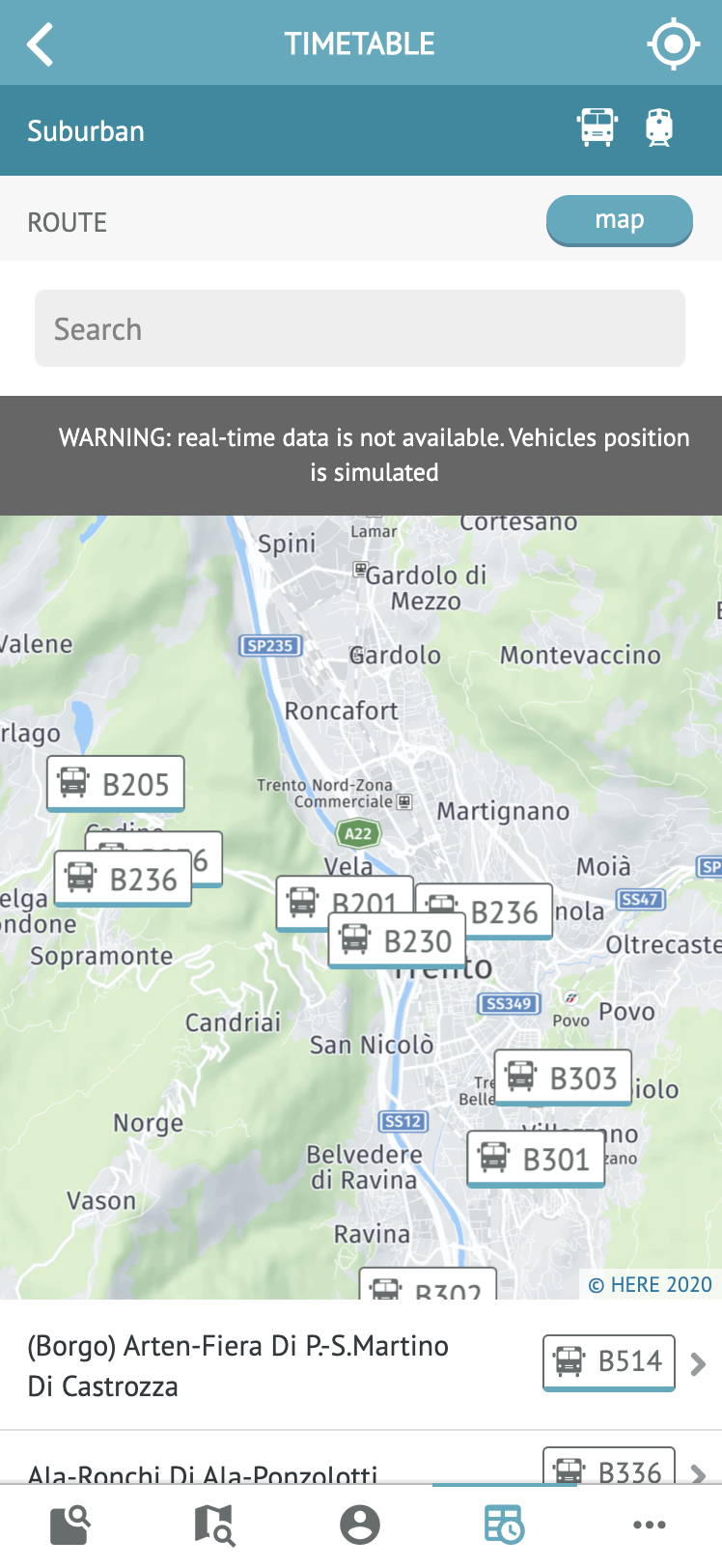
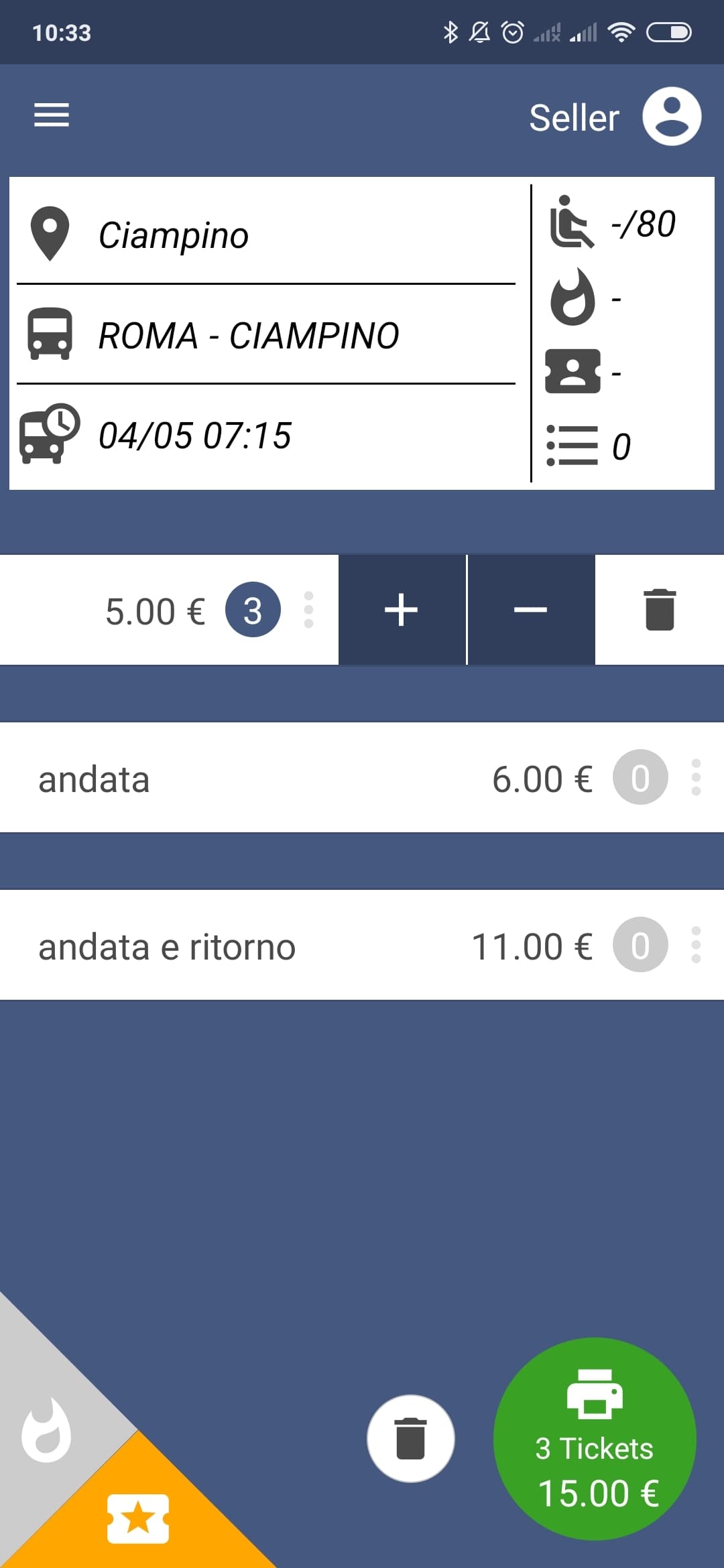
Users, in fact the final beneficiaries of the solution, have the possibility of using multiple channels to book their seats. The traditional website (optimized for smartphone use) is located alongside the dedicated app. Among the features that must be guaranteed, there are:
- seat and ride reservation, which offers certainty of the use of the service and certainty that the social distancing is respected on board
- payment through different online payment systems, which avoids potentially dangerous interaction with ticket offices or Ticket Vending Machines
- real-time display of ETA (Estimated Time of Arrival)
